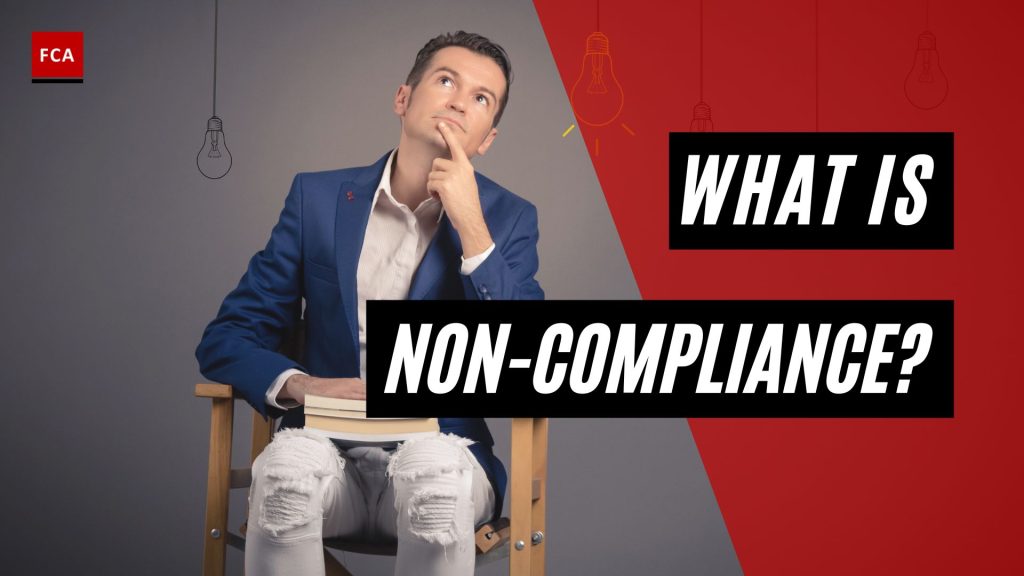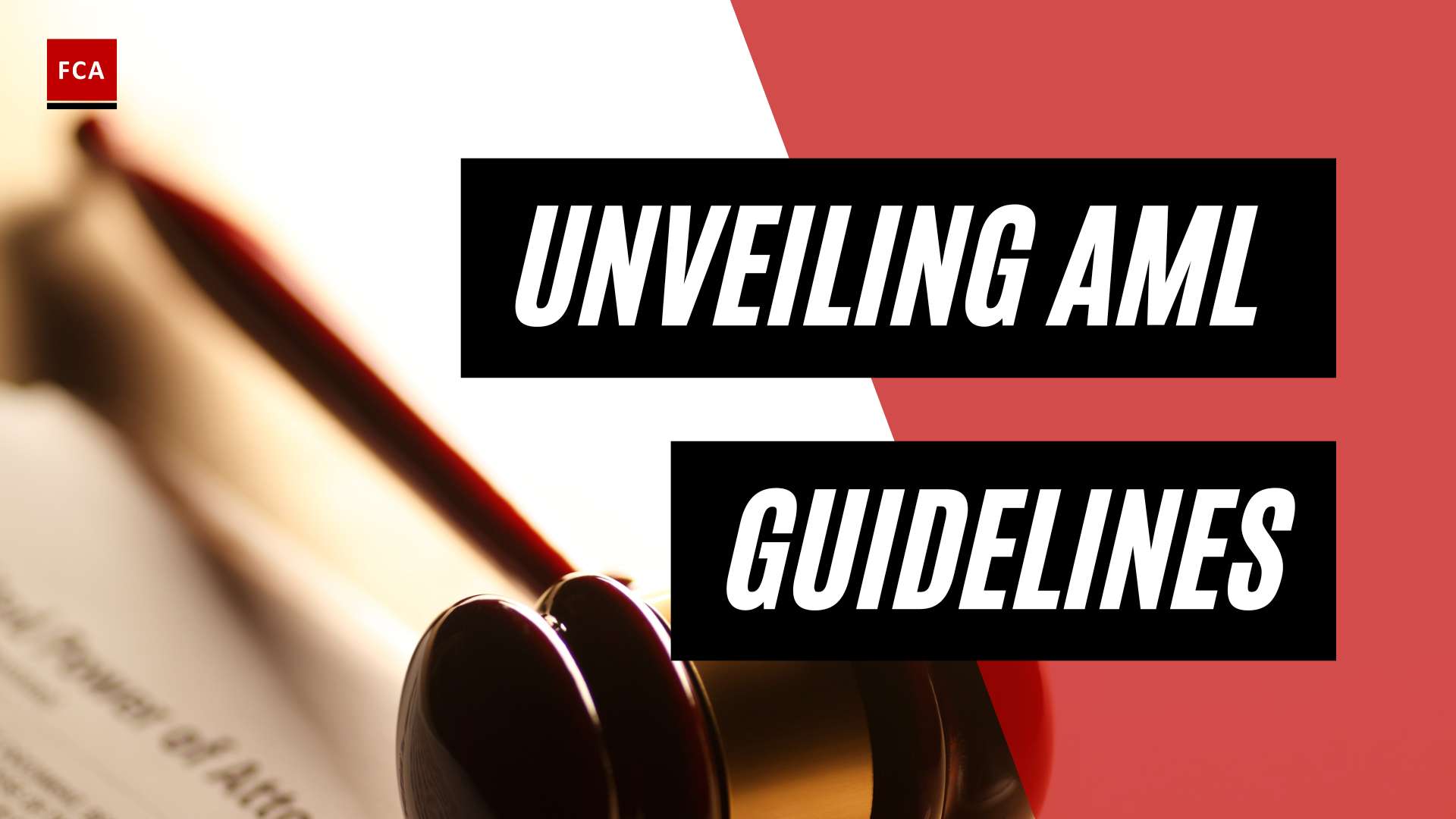Non-compliance means failure or refusal to comply with applicable legal and regulatory requirements. Non-compliance is not complying with internal policies and procedures that lead to regulatory non-compliance. When a company is unwilling to comply with laws and regulations, this will amount to regulatory non-compliance, which would result in a crime or a civil wrong.

Understanding Non-Compliance
Non-compliance with laws and regulations comprises acts or omissions, intentional or unintentional, committed by the employee’s management or the board members. A company needs to establish a mechanism to ensure that all non-compliance incidents are identified and reported to the appropriate committee within the company.
Such a company’s action ensures that the management may apply the relevant controls to avoid the potential penalties or to reduce the effects of non-compliance through the application of suggested regulatory requirements in case of non-compliance.
Regulators worldwide impose significant penalties on companies due to non-compliance with material and significant regulations. Usually, the penalties are imposed in the areas related to customer dealing, the confidentiality of information, data protection, information security, customer dealing, and insider trading.
Here are some examples of non-compliance:
- The first example is when high-risk customers are required to be identified by the AML/KYC regulatory requirements. These customers pose certain risks that organizations may or may not accept depending on the applicable regulatory requirements and internal controls. High-risk customers include PEPs with a prominent or higher position or influence in a jurisdiction and are more accepted to be involved in money laundering, bribery, or corruption.
The non-compliance with this regulatory requirement is that the account opening team does not identify the high-risk customers or clients before onboarding r opening their accounts.
- The second example is when the AML/KYC regulations require financial institutions to identify the customers and verify the identification information before opening their accounts. The non-compliance related to the customer onboarding is not performing the customer identification and verification of their information.
Non-compliance has repercussions, including regulatory inspections, fines, license cancellation, or closure of a business segment. Intentional non-compliance raises doubts about the competency and intentions of the management and requires immediate action by the regulatory authorities to ensure that the objectives of the regulatory frameworks are adhered to and complied with by the management. The regulator may demand information to check the compliance status, which the company must provide.

- Lastly, the third example is when anti-bribery laws and regulations require individuals and persons to abstain from giving cash or other benefits to any other person to obtain personal financial benefits.
The non-compliance would be where the company’s employee gives cash to a third party in a relationship with a government official to influence him to act in favor of the company. This act is bribery; therefore, it shall lead to non-compliance.
Final Thoughts
Regulatory noncompliance occurs when a company fails to follow the policies, standards, regulations, or laws that apply to its operations. Non-compliance with laws and regulations includes intentional or unintentional acts of omission or commission committed by the professional accountant’s employing organization or those charged with governance, by management, or by other individuals working for or under the direction of management.








